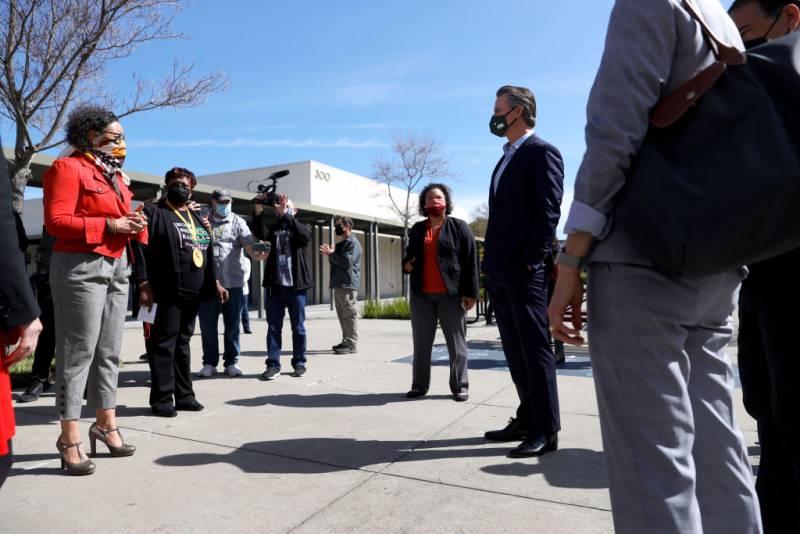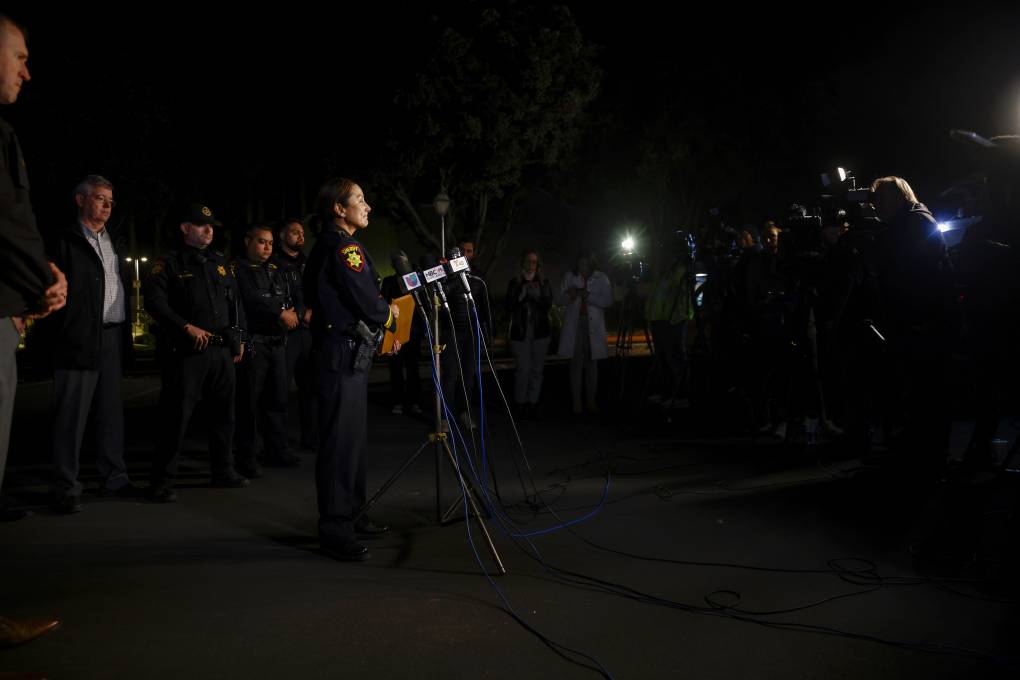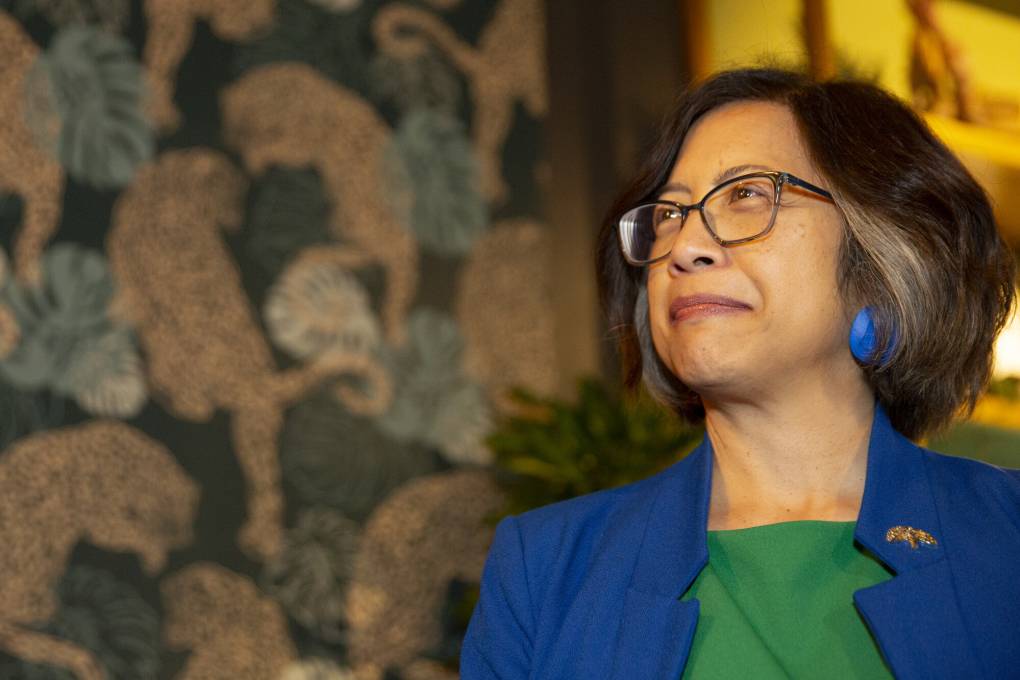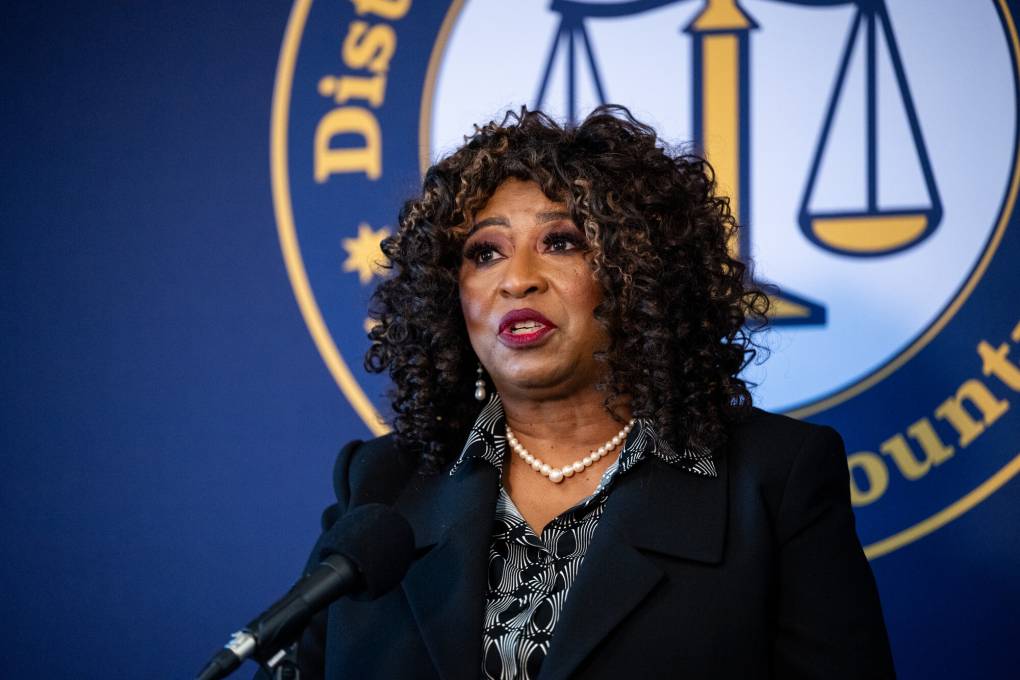“I voted for Gov. Newsom when he ran [in 2018]. I have supported Democrats my whole life,” she said. “But I understand parents who are in the same boat as me, who are supporting this purely because of what happened with their kids this year.”
Newsom’s handling of education has helped fuel the recall effort, and been a key talking point for recall candidates like Assemblymember Kevin Kiley, a Republican from Rocklin.
“He’s just saying whatever is necessary to cater to the agenda of the teachers unions who want the outcome of schools being closed,” Kiley said. “And he’ll give whatever rationale it takes to get there.”
But, at a recent press conference, Newsom maintained he’s been following the science while also balancing the demands of a massive public education system.
“We have been working with our partners in our education system, 1,050-plus school districts. We’re trying to support the needs of 6.1 million public school kids,” Newsom said. “And we’ve been engaged to address the concerns and anxiety around reopening our schools.”
Kevin Gordon, president of Capitol Advisors Group, which lobbies for school districts across the state, says many districts wanted Newsom to act unilaterally.
“Schools that normally don't like the state infringing on their local control were actually hoping the governor would just do a statewide edict that we’re closing schools physically so they didn't have to wrestle with the local politics,” he said.
Gordon believes that overall, Newsom handled an unprecedented and complicated situation really well, but that he also found himself trapped in the very tricky position of trying to balance his support for public education with his loyalty to the labor unions that have long backed him.
“And where they became this conflict was wanting kids to be back in school, but his own constituencies across labor not wanting to come back,” he said.
But Becky Zoglman, associate executive director of the California Teachers Association, points out that teachers and school employees weren’t the only ones concerned about returning to in-person learning — many parents were also very hesitant.
“When schools started to reopen, for example, 70% of parents in Los Angeles chose to keep their kids home and that played out in districts across the state,” she said.
Newsom continues to face staunch criticism for how he handled — and continues to handle — the return-to-school situation. He was particularly lambasted for issuing strict school COVID guidelines in advance of the 2020-21 school year, but then not being more forceful about reopening schools in the spring when vaccines became widely available.
Bacigalupi, with OpenSchoolsCA, says it seems like education was never a priority for Newsom.
“Instead of saying, ‘Schools are essential, they must be open, how do we do it?,’ it was, ‘Can we open schools?’” she said.
Newsom has also taken heat for sending his own children back to in-person learning at their private school last fall, even as most California public school students were at that point still participating remotely.
And even now that most schools are reopening, Newsom is still facing challenges, amid a surge in cases of the highly contagious delta variant.
Just this month, he was sued by the Orange County Board of Education over the state’s requirement that all adults and students wear masks indoors in K-12 schools, even if they’ve been fully vaccinated. The California Supreme Court last week declined to hear the case.



